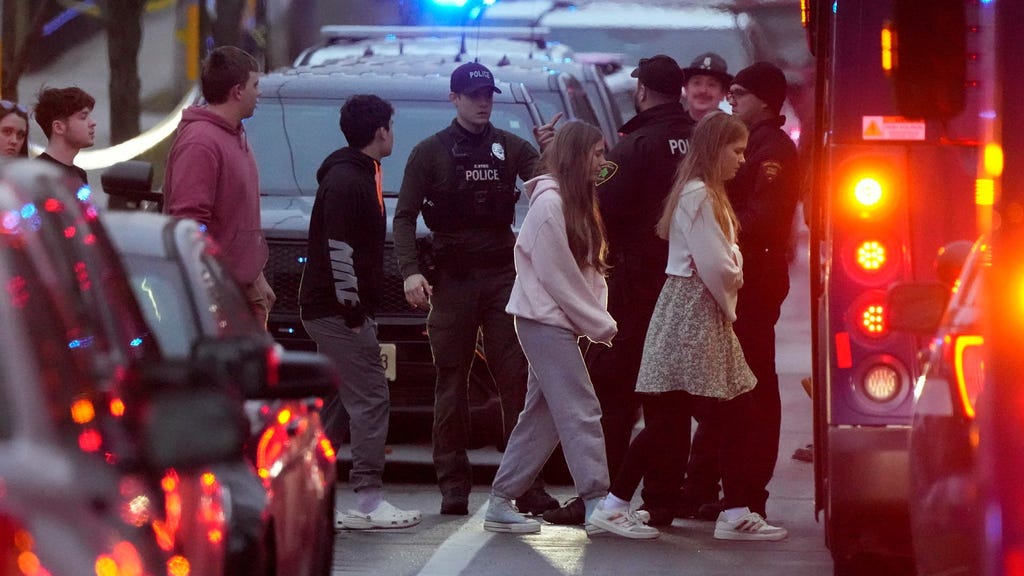A school shooting at a Christian elementary school in Madison, Wisconsin, left two dead and six injured on a Monday morning. A second-grade student made the initial 911 call reporting the active shooter, a chilling testament to the pervasiveness of gun violence in American society. Police Chief Shon F. Barnes confirmed the fatalities included a teenage student and a substitute teacher. Five other students and a teacher were hospitalized, two of the students with life-threatening injuries. The shooter, a 15-year-old female student at the school, was found dead at the scene eight minutes after the first emergency call, having apparently taken her own life.
The incident marked a rare occurrence of a female perpetrator in a school shooting. Statistics from the K-12 School Shooting Database, cited by the New York Times, indicate a stark gender disparity in such incidents. While nine female suspects were identified in school shootings in that year, the corresponding number for male suspects was 249. This disparity echoes findings from a 2013 FBI study revealing that less than 4% of mass shootings in the U.S. were committed by women. Experts, like Adam Lankford, a professor of criminology at the University of Alabama, have noted the difficulty in analyzing the motivations behind female perpetrators due to the scarcity of such cases. The limited data makes it challenging to draw statistically significant conclusions or develop comprehensive profiles.
In the aftermath of the shooting, the Madison community grappled with grief and sought solace. Vigils were held, including one at Blackhawk Church, where Pastor Chris Dolson shared the tragic detail of the slain teacher’s substitute status. The intended teacher had called in sick that day, unknowingly escaping the tragic fate that befell her replacement. The school, with an enrollment of approximately 420 students, served as a refuge for children facing bullying or difficulties at other schools, making the tragedy even more profound. Chief Barnes emphasized the lasting impact of the trauma, recognizing every individual present in the building as a victim.
The investigation into the shooting is ongoing. While the motive remains unclear, police have ruled out any involvement of the shooter’s parents, who are cooperating fully with the authorities. Chief Barnes also confirmed that the police did not fire any shots during their response. The focus now shifts to understanding the circumstances that led to this tragedy, including how the 15-year-old girl obtained the firearm. This investigation faces the complex challenge of piecing together the events and motivations behind a rare instance of a young female committing a school shooting.
The Madison school shooting underscores the ongoing debate surrounding gun control and school safety in the United States. The incident, with its young victims and perpetrator, reignites conversations about the accessibility of firearms to minors and the need for enhanced mental health support within educational settings. The rarity of a female shooter also adds another layer of complexity to understanding the factors that contribute to such violence. The incident serves as a tragic reminder of the devastating consequences of gun violence and the urgent need for comprehensive solutions.
This tragic event ripples through the community, affecting students, teachers, families, and the wider Madison area. The lasting impact of the trauma will require sustained support and resources to help those affected cope and heal. The search for answers and solutions continues, as the community grapples with the profound loss and seeks to prevent future tragedies. The image of a second-grader calling 911 to report a school shooting serves as a chilling reminder of the pervasiveness of gun violence and the urgent need for change.














